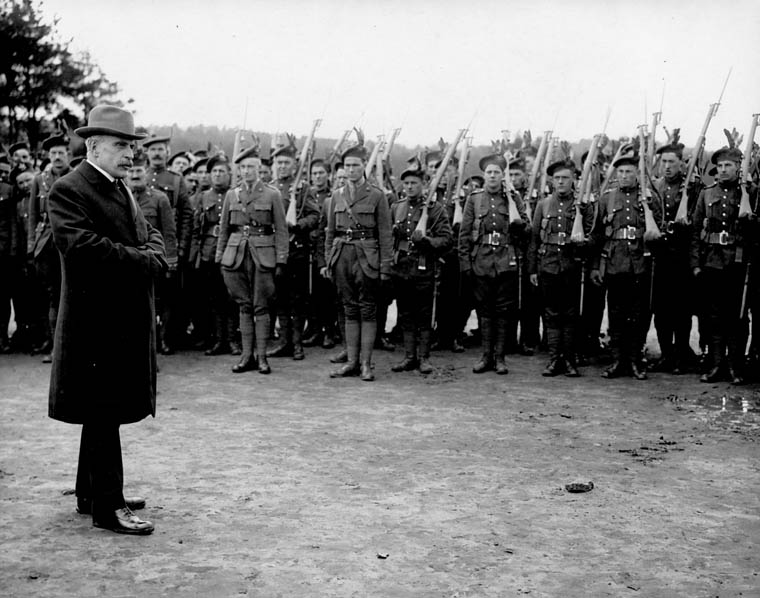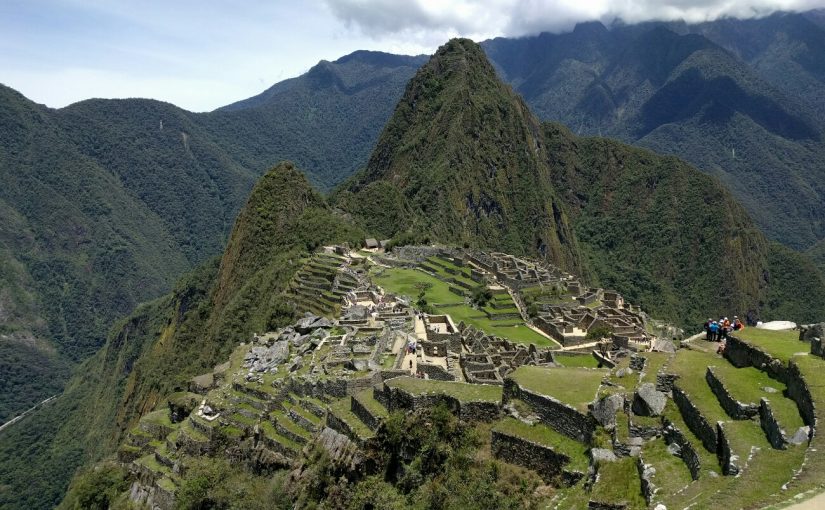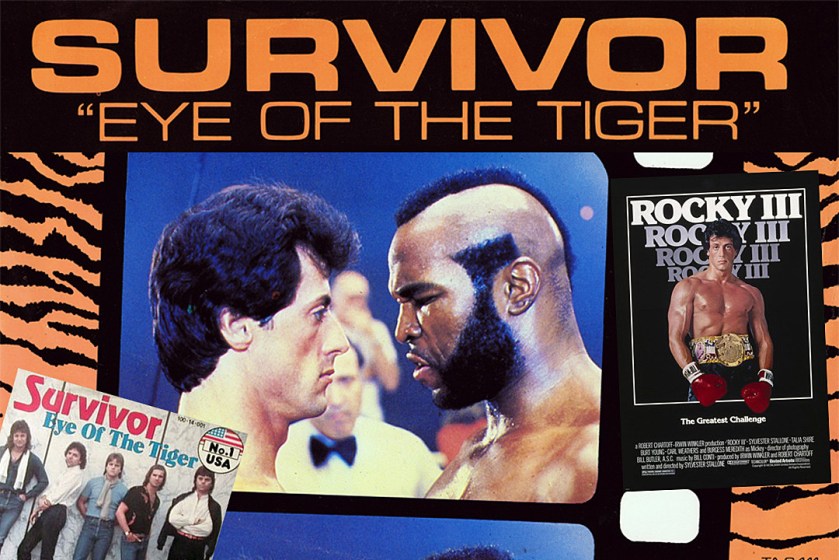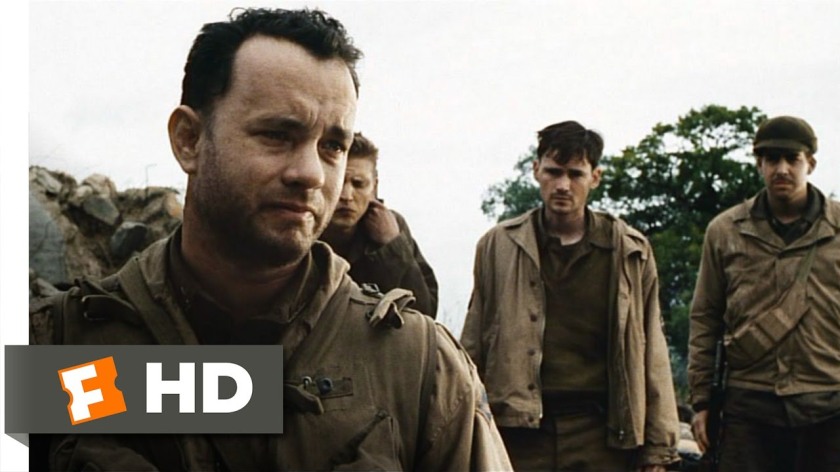It’s Tuesday! Did You Know…
* 1917 – Borden’s union government passes Military Service Bill (Conscription Act).
The Military Service Act of 1917 was a controversial law allowing the conscription of Canadian men for service in the final years of the First World War. Although politically explosive, the Act had questionable military value: only 24,132 conscripted men made it to the battlefields of the Western Front, compared to the more than 400,000 who volunteered throughout the war.
More than 300,000 Canadians signed up to fight overseas in the early years (1914–1915) of the First World War, a huge number for a country of only eight million people. By the end of 1916, however, volunteering had nearly dried up. Canada did not have enough recruits to reinforce the Canadian Expeditionary Force, whose numbers were being depleted by the awful toll of the fighting in France and Belgium.
After returning from a visit to France in the spring of 1917, Prime Minister Robert Borden — shocked by the enormity of the struggle, and determined that Canada should play a significant role in the war — announced that compulsory service would be necessary.
The debate over conscription consumed and divided the country. Although some French Canadians supported it and some English Canadians did not, for the most part English Canada backed Borden on conscription. His opponents were primarily farmers (who disliked the recruitment of their labouring sons), trade unionists, non-British immigrants, pacifists, and most of French Canada including almost every French-speaking Member of Parliament. Riots over the issue broke out in Québec, where support for the war had always been lukewarm.
Liberal Opposition Leader Wilfrid Laurier refused to endorse Borden’s call for a unified, coalition government on the matter. Still, Borden managed to push the Military Service Act through Parliament, and it became law on 29 August 1917. It made all male citizens aged 20 to 45 subject to call-up for military service, through the end of the war.
“If we do not pass this measure,” Borden had told Parliament, “if we do not provide reinforcements, if we do not keep our plighted faith, with what countenance shall we meet (the soldiers) on their return?”
A few weeks later, in preparation for a federal election, Borden cobbled together a Union Government made up largely of English-speaking Conservatives, Liberals, and Independents. The general election of December that year was fought on the issue of conscription — a bitter contest that the Unionists won, receiving a large House of Commons majority.

* 1911 Machu Picchu discovered.
On July 24, 1911, American archeologist Hiram Bingham gets his first look at Machu Picchu, an ancient Inca settlement in Peru that is now one of the world’s top tourist destinations.
Tucked away in the rocky countryside northwest of Cuzco, Machu Picchu is believed to have been a summer retreat for Inca leaders, whose civilization was virtually wiped out by Spanish invaders in the 16th century. For hundreds of years afterward, its existence was a secret known only to the peasants living in the region. That all changed in the summer of 1911 when Bingham arrived with a small team of explorers to search for the famous “lost” cities of the Incas.
Traveling on foot and by mule, Bingham and his team made their way from Cuzco into the Urubamba Valley, where a local farmer told them of some ruins located at the top of a nearby mountain. The farmer called the mountain Machu Picchu, which meant “Old Peak” in the native Quechua language. The next day–July 24–after a tough climb to the mountain’s ridge in cold and drizzly weather, Bingham met a small group of peasants who showed him the rest of the way. Led by an 11-year-old boy, Bingham got his first glimpse of the intricate network of stone terraces marking the entrance to Machu Picchu.
The excited Bingham spread the word about his discovery in a best-selling book, sending hordes of eager tourists flocking to Peru to follow in his footsteps up the Inca trail. The site itself stretches an impressive five miles, with over 3,000 stone steps linking its many different levels. Today, more than 300,000 people tramp through Machu Picchu every year, braving crowds and landslides to see the sunset over the towering stone monuments of the “Sacred City” and marvel at the mysterious splendor of one of the world’s most famous man-made wonders.

* 1901 O. Henry is released from prison.
William Sydney Porter, otherwise known as O. Henry, is released from prison on this day, after serving three years in jail for embezzlement from a bank in Austin, Texas.
To escape imprisonment, Porter had fled the authorities and hidden in Honduras but returned when his wife, still in the U.S., was diagnosed with a terminal illness. He went to jail and began writing stories to support his young daughter while he was in prison.
After his release, Porter moved to New York and worked for New York World, writing one short story a week from 1903 to 1906. In 1904, his first story collection, Cabbages and Kings, was published. His second, The Four Million (1906), contained one of his most beloved stories, The Gift of the Magi, about a poor couple who each sacrifice their most valuable possession to buy a gift for the other.
Additional collections appeared in 1906 and 1907, and two collections a year were published in 1908 until his death in 1910. He specialized in stories about everyday people, often ending with an unexpected twist. Despite the enormous popularity of the nearly 300 stories he published, he led a difficult life, struggling with financial problems and alcoholism until his death in 1910.

* 1982 “Eye Of The Tiger” from Rocky III tops the U.S. pop charts.
Whether it’s Oliver Stone setting a scene from Platoon to Adagio for Strings by Samuel Barber, or Quentin Tarantino setting a scene from Reservoir Dogs to “Stuck In The Middle” by Stealer’s Wheel, filmmakers often depend upon certain passages of music to produce specific emotional reactions in their audiences. And actor/director Sylvester Stallone is no exception: His Rocky franchise produced its second #1 pop hit on this day in 1982 when Survivor’s “Eye Of The Tiger” began a six-week run atop the Billboard pop chart.
The first #1 hit from Stallone’s boxing series was “Gonna Fly Now (Theme from Rocky),” which topped the charts in the summer of 1977, with a very different tone than the hard-charging “Eye Of The Tiger.” Like the films’ main character, who transformed himself from a lovable, if bumbling palooka in the first Rocky into a vengeful, muscle-bound warrior in Rocky III, “Eye Of The Tiger” eschewed subtlety in favor of brute force. But as brute-force pop songs go, few have been more effective than the one-and-only #1 hit from the Chicago bar-band Survivor.
Survivor was hand-picked by Sylvester Stallone to write a song for the second Rocky sequel after he heard their minor 1981 hit “Poor Man’s Son,” a mid-tempo number in the vein of Foreigner or .38 Special. For the Rocky III soundtrack, Stallone told songwriting band members Frankie Sullivan and Jim Peterik that he wanted “something with a strong beat…that would appeal to the rock crowd.” What he got was one of the most effective and popular soundtrack hits of all time as “Eye Of The Tiger” raced to #1 on the pop charts and remained there for six consecutive weeks—five weeks longer than the theme song for the original Rocky.
As for Survivor, they turned out a respectable run of six more top-40 hits over the subsequent four years, including the #2 hit “Burning Heart” (1985) from the Rocky IV soundtrack.

* 1998 Saving Private Ryan opens in theaters
On this day in 1998, the director Steven Spielberg’s World War II epic, Saving Private Ryan, is released in theaters across the United States. The film, which starred Tom Hanks and Matt Damon, was praised for its authentic portrayal of war and was nominated for 11 Academy Awards. It took home five Oscars, for Best Director, Best Cinematography, Best Sound, Best Film Editing and Best Sound Effects Editing.
The film’s lengthy opening scene was a bloody re-enactment of American troops landing at Omaha Beach in Normandy, France, on June 6, 1944. Following this violent D-Day scene, Saving Private Ryan centered around the fictional story of Captain John Miller (Hanks), and his band of seven rangers, who are sent on a mission to rescue Private James Francis Ryan (Damon), a paratrooper missing somewhere behind enemy lines. Ryan’s three older brothers have recently been killed in action, so military officials order Miller to find the young soldier and prevent a public-relations disaster. As the men make their way across the battle-scarred French countryside they suffer several casualties before eventually locating Ryan in a bombed-out village, where he is helping to defend a strategically important bridge from the Germans. Ryan refuses to leave his comrades, even after Miller gave him the news of his siblings’ deaths. Miller reluctantly agrees that he and his squad will stay to defend the area. When the Nazis attacked, the captain and many of his men are killed, but Ryan survives.
Private Ryan was a fictional character, but there was a historical basis to his story. Following the deaths of the five Sullivan brothers from Waterloo, Iowa, on the USS Juneau in November 1942, the U.S. War Department established the Sole Survivor Policy to protect remaining family members from combat duty. Saving Private Ryan was partially inspired by the real-life story of the Niland brothers. During World War II, Sergeant Frederick “Fritz” Niland, a member of the 101st Airborne, was accidentally dropped behind enemy lines. He eventually made it back to his unit, where he was informed that two of his brothers had died at Normandy and the third had gone missing in Burma. Niland was sent home to Tonawanda, New York. His family’s tragedy had a somewhat happier ending, however, when the brother who was believed to have died in the Far East was liberated from a Japanese prisoner-of-war camp.

Today’s Sources:
* Canadian History Timeline – Canada’s Historical Chronology http://canadachannel.ca/todayincanadianhistory/index.php
* The Canadian Encyclopedia https://www.thecanadianencyclopedia.ca/en/article/military-service-act/
* This Day In History – What Happened Today http://www.history.com/this-day-in-history/


Saving Private Ryan was a breakthrough movie. Brought first-person involvement to the action scenes. Eye of the Tiger was a good song to do cardio by.
LikeLiked by 1 person
You’re right – Eye of the Tiger was perfect for workouts! Thanks, John.
LikeLiked by 1 person
Now The Dance of the Sugarplum Faries is about all I can do.
LikeLiked by 1 person
My speed too!!!
LikeLike
Macchu Picchu is the most amazing place.
LikeLiked by 1 person
So it seems from the pictures I’ve seen. Thanks, Opher.
LikeLike
A couple of my friends have traveled to Machu Picchu, and their stories are amazing . I knew nothing of O. Henry until today – thank you for bringing him to life. Saving Private Ryan is a film with lasting images – what a powerful story. Thank you for your post, John.
LikeLiked by 1 person
The opening sequence of Saving Private Ryan is terrifying. I once saw an interview with a Canadian Vet who was part of the D-Day landing. He was asked if the opening sequence of this movie was accurate. He responded that the real thing was much worse. Good grief!! Machu Picchu looks absolutely amazing! Thanks, Gwen.
LikeLike